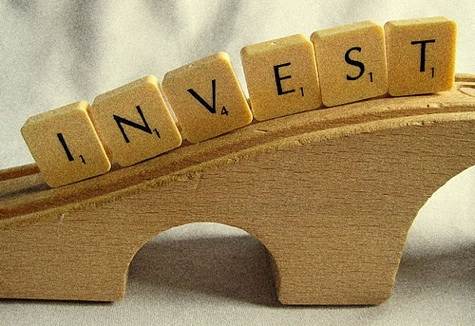I received 4 different emails on this topic in the past few weeks and decided to just do a basic feature on the topic, since it seems to be on everyone’s mind. The best part is that it is quite relevant and in good timing seeing the craziness of whats going on out there with the stock market. The main focus of this article will be the Stock Market. I will have monthly features on Real Estate, Commodities, and Foreign currencies in the next few months.
Here are the 5 basic things you need to know about getting into the stock market:
1. Timing: Most financial advisers will tell you that timing the market is unwise and impossible, and they are right! For the most part, timing the market isn’t the best strategy but there are ways you can correlate real world news/media to the stock market and predict the fall and growth of certain industries. A simple example of this is banking stocks, which last year took a huge dive due to the fear that banks may collapse. Banking stocks almost all went below $10 and now are back up in their 20’s and 30’s for the most part. Leveraging what is on going in the news is key to gaining much more than your average 7-10%, but is riskier.
2. Find Value: Looking at high quality stocks like Apple and Google is great but is it really wise when you only have $10,000 to invest? How many $200+ shares can you buy with $10,000 and will you ever see the quality return you are hoping for? It has been my experience that when starting, it is best to buy larger names that have fallen to lower values. A stock that once was $60-$80 per share but due to market is now $5-$10. These smaller investments allow you to buy more for less and give greater returns if picked correctly as the market corrects itself.
3. Know your position: Being greedy can have its side effect. Looking at the housing market is the perfect example. Know how long and how much you plan to make and get out once you’ve accomplished your goal. The idea is similar to gambling, if you know when to get out, you can leave with your wins. Set a plan as to when to exit from that stock. An example would be to buy a stock at $5 a share and tell yourself that once it reaches $22, you will get out. Keeping a close eye on it and choosing to get out near your magic number will limit your risks.
4. Take risks, but don’t risk it all: If you are younger and have the ability to make up your losses with time, take a chance and make 30% of your portfolio “high risk”. Being in the high risk game can have major rewards but also lead to major losses, so being young and having time is a key element that you should use to your advantage. Take risks that are calculated but can lead to major wins. Buying into GM stock may have been risky last year, buying into BP oil may seem that way too due to market conditions but may be a smaller part of your portfolio dying to hit that big home run. Double or nothing is not the name of the game here, proceed with caution.
5. Have a budget: Investing in stocks can be addictive and rewarding, but can also lead to losses. Be prepared and make sure that you don’t have all your eggs in one basket. Take 25% of your saving and invest, the rest needs to be secured in guaranteed elements so that cash reserves remain in case of emergencies. The last thing you want is to have all your money in stocks and be obligated to pull out based on an emergency, especially if your stocks are doing well.
Keep in mind that investing is very streamlined today, unlike what it was 5-10 year ago which also makes it much more volatile in nature than it was. Understand the risk you are taking, spread your eggs among all your baskets correctly and know when to stop. These are simple but necessary steps to ensure you stay in the game for years to come and don’t go home empty handed.


